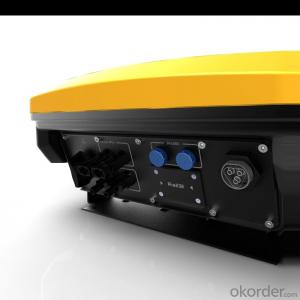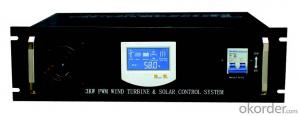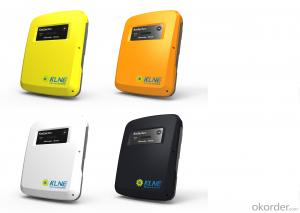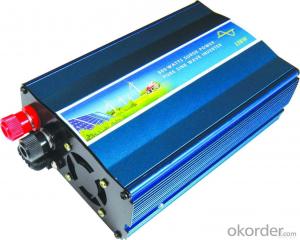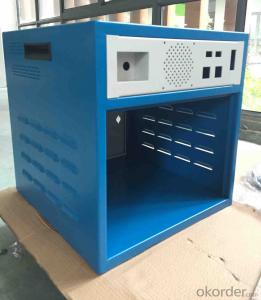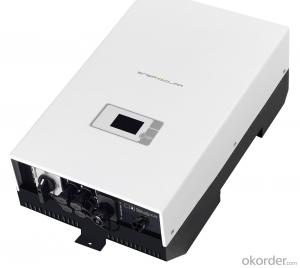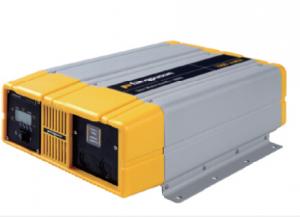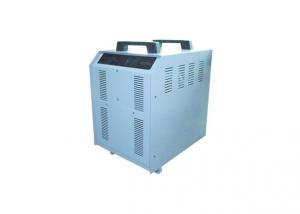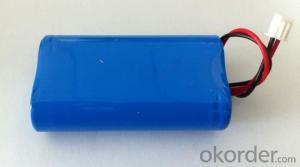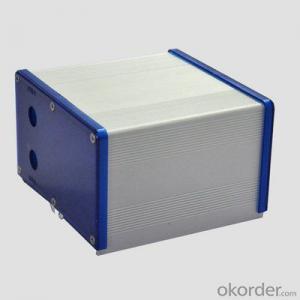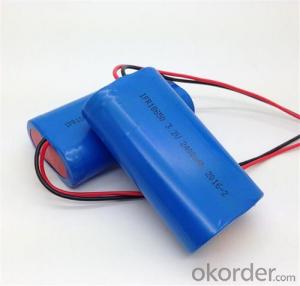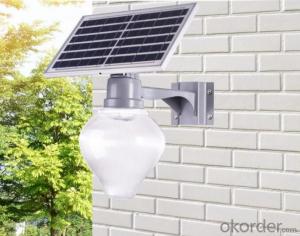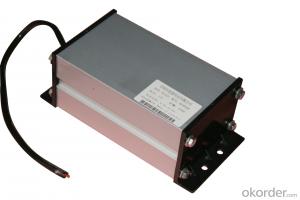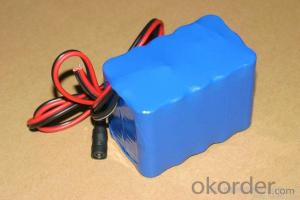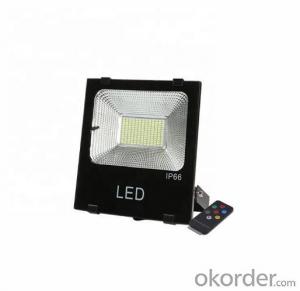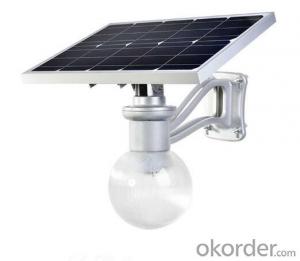Offline Solar Inverter
Offline Solar Inverter Related Searches
Solar Inverter Offline Offgrid Solar Inverter Off-Grid Solar Inverter Off Grid Solar Power Inverter Off Grid Inverter Solar Off Grid Solar System Inverter Solar Off Grid Inverter Inverter Solar Off Grid Off Grid Hybrid Solar Inverter On Off Grid Solar Inverter Off Grid Solar Hybrid Inverter Solar Inverter Off Grid Solar Power Inverter Off Grid Inverter For Off Grid Solar Off Grid Solar Inverter System Off Grid Solar Micro Inverter Solar Micro Inverter Off-Grid Hybrid Solar Inverter Off Grid Solar Hybrid Off Grid Inverter Solar Panel Off Grid Inverter Outdoor Solar Inverter Off Grid Solar Inverter 48v Off The Grid Inverter Best Off-Grid Solar Inverter Oversized Inverter Solar On Grid Solar Inverter Delta Off Grid Solar Inverter Best Solar Off Grid Inverter Cheap Off Grid Solar Inverter 1kw Off Grid Solar InverterOffline Solar Inverter Supplier & Manufacturer from China
Offline Solar Inverters are specialized devices designed to convert the energy harvested from solar panels into usable electricity for various applications. These inverters play a crucial role in the solar energy system by ensuring that the power generated is compatible with the electrical grid or can be directly utilized by appliances. They are particularly useful in scenarios where a stable power supply is required, such as in residential homes, commercial buildings, and off-grid applications where access to traditional power sources is limited or non-existent.Offline Solar Inverters are widely used in both on-grid and off-grid solar power systems, providing a reliable and efficient means of harnessing solar energy. They are essential for ensuring that the power generated by solar panels is converted into a form that can be safely and effectively used by electrical devices. This makes them an indispensable component in the growing renewable energy sector, as they help to reduce reliance on fossil fuels and promote a cleaner, more sustainable energy future.
Okorder.com is a leading wholesale supplier of Offline Solar Inverters, offering a vast inventory of high-quality products to cater to the needs of various customers. With a commitment to providing top-notch service and support, Okorder.com ensures that customers have access to the latest technology and the best possible solutions for their solar energy requirements. By partnering with reputable manufacturers and maintaining a large inventory, Okorder.com is able to deliver Offline Solar Inverters that meet the highest standards of performance and reliability, making them a trusted choice for those looking to invest in solar energy solutions.
Hot Products




